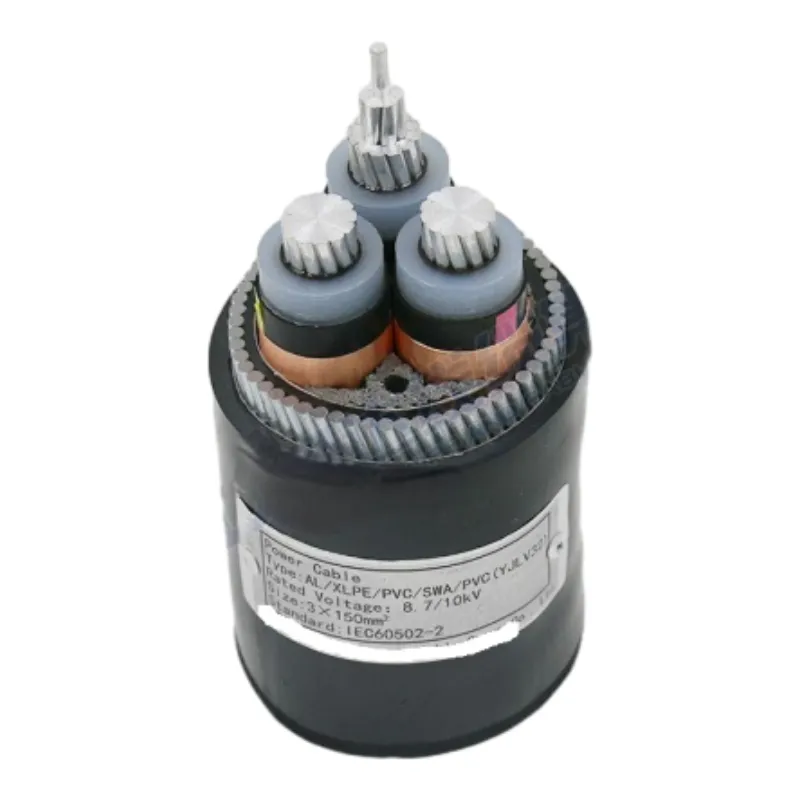Desemba . 17, 2024 12:11 Back to list
Optimizing Control Valve Performance for Enhanced System Efficiency and Reliability
Understanding Control Valves A Key Component in Fluid Control Systems
Control valves are essential components in various industrial processes, regulating the flow of fluids—be it gases, liquids, or slurries. Their primary role is to modulate the flow rate and pressure within a system, thus ensuring the efficient operation of processes in sectors such as oil and gas, chemical manufacturing, water treatment, and power generation. In this article, we will explore the various aspects of control valves, including their types, working principles, applications, and future trends.
Types of Control Valves
Control valves can be classified based on several criteria, including their design and actuator mechanism. The most common types of control valves include
1. Globe Valves Featuring a spherical body shape, globe valves are widely used due to their excellent flow characteristics. They provide good throttling capability and are ideal for controlling flow in pipelines.
2. Ball Valves These valves use a spherical disc (the ball) to control flow. They offer minimal resistance to flow and are known for their durability and ability to handle high-pressure applications. While traditionally used for on/off control, advanced ball valves are now designed to provide throttling capabilities.
3. Butterfly Valves Commonly used in large pipe applications, butterfly valves utilize a rotating disk to regulate flow. They are valued for their compact design and lightweight structure, making them easy to install and maintain.
4. Check Valves Although not typically classified as control valves, check valves are critical to preventing backflow in a system. They automatically close when fluid reverses direction, protecting equipment from potential damage.
5. Pressure Relief Valves These specialized control valves manage system pressure by releasing excess fluid when pressure exceeds a predetermined limit, thus ensuring safety within the system.
Working Principles
Control valves operate based on a simple principle they change their position or flow area in response to an input signal, commonly from a controller. The primary components of control valves include the actuator, body, and trim.
control valve

- Actuator The actuator converts the input signal (pneumatic, electric, or hydraulic) into mechanical movement, moving the valve element to open or close the valve. Actuators can be linear or rotary, depending on the design of the valve.
- Valve Body The body houses the internal components and provides a flow path for the fluid. The design and material of the body greatly influence the valve's performance and suitability for certain applications.
- Trim The trim consists of the internal parts that control flow, including the valve plug and seat. The configuration of the trim determines the flow characteristics and control behavior of the valve.
Applications of Control Valves
Control valves are pivotal in numerous industrial applications. In the chemical industry, they help manage the flow of reactants and products in reactors and pipelines. In water treatment plants, control valves regulate the flow of treated water and chemicals during purification processes.
In oil and gas applications, control valves play a critical role in maintaining pressure and ensuring the safe transportation of crude oil and natural gas. Moreover, in power generation, control valves regulate steam flow in turbines, optimizing efficiency and performance.
Future Trends
The future of control valves is closely tied to advancements in automation and digital technology. The integration of smart sensors and actuators allows for real-time monitoring and control, facilitating predictive maintenance and enhancing reliability.
Moreover, the increasing focus on sustainability is driving the development of control valves that minimize energy consumption and reduce emissions. Innovations such as artificial intelligence and machine learning are expected to enhance the predictive capabilities of control systems, leading to more efficient operations.
Conclusion
In conclusion, control valves are indispensable in the management of fluid flow across various industries. Their ability to regulate flow and maintain system pressure directly impacts the efficiency and safety of industrial processes. As technology continues to evolve, the role of control valves will become even more significant, paving the way for smarter, more efficient systems that support sustainable practices and meet the demands of the future. Understanding and implementing the right control valves is crucial for any operation seeking to enhance performance and reliability in their fluid control systems.
Share
-
Reliable Wafer Type Butterfly Valves for Every IndustryNewsJul.25,2025
-
Reliable Flow Control Begins with the Right Ball Check ValveNewsJul.25,2025
-
Precision Flow Control Starts with Quality ValvesNewsJul.25,2025
-
Industrial Flow Control ReliabilityNewsJul.25,2025
-
Engineered for Efficiency Gate Valves That Power Industrial PerformanceNewsJul.25,2025
-
Empowering Infrastructure Through Quality ManufacturingNewsJul.25,2025